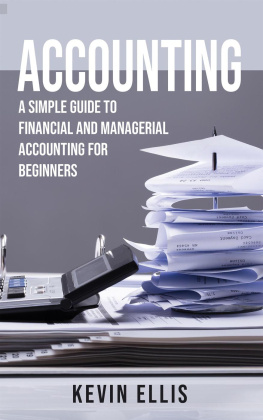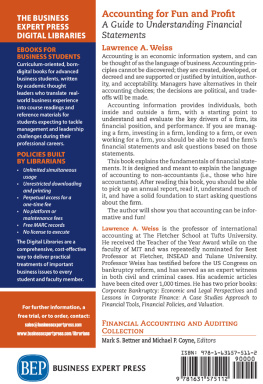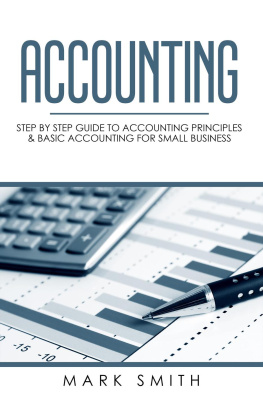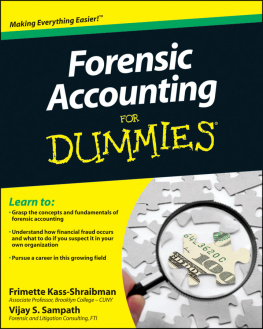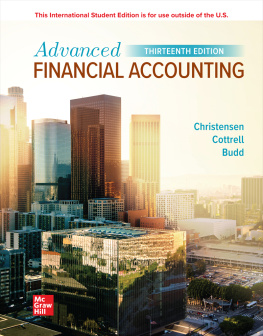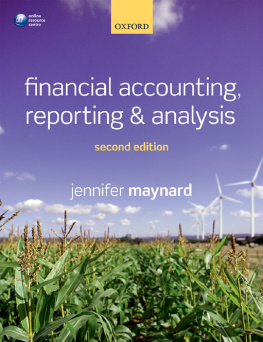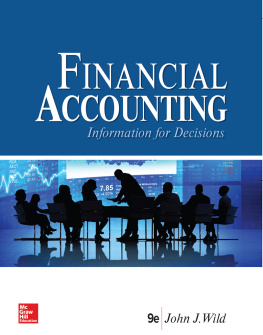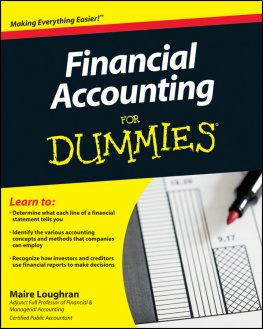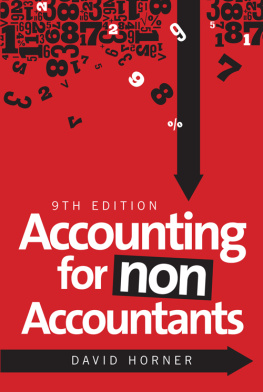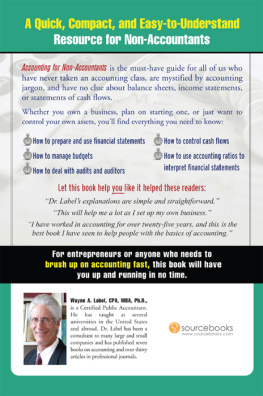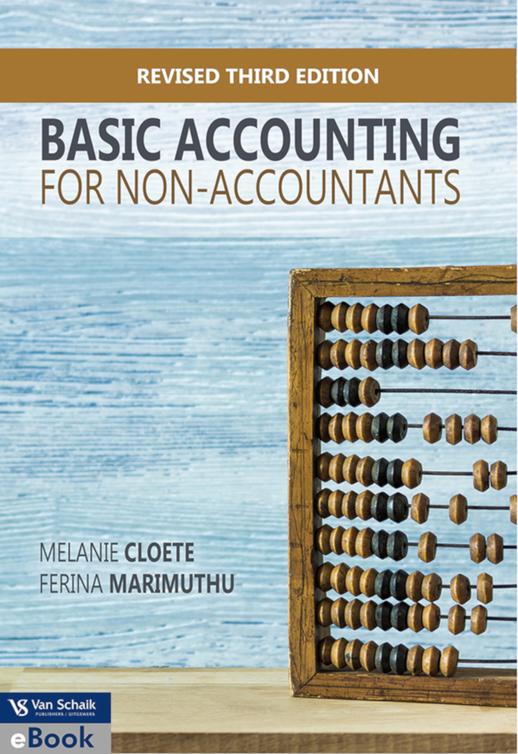
iv
Published by Van Schaik Publishers
A division of Media24 Books
1059 Francis Baard Street, Hatfield, Pretoria
All rights reserved
Copyright 2018 Van Schaik Publishers
No part of this publication may be reproduced, stored in a retrieval system, or transmitted in any form or by any means electronic, mechanical, photocopying, recording or otherwise without the written permission from the publisher, except in accordance with the provisions of the Copyright Act 98 of 1978.
Please contact DALRO for information regarding copyright clearance for this publication. Any unauthorised copying could lead to civil liability and/ or criminal sanctions.
Tel: 086 12 DALRO (from within South Africa) or +27 (0)11 712 8000
Fax: +27 (0)11 403 9094
Postal address: PO Box 31627, Braamfontein, 2017, South Africa
http://www.dalro.co.za
First edition 2008
Second edition 2015
Third edition 2018
Third revised edition 2019
ISBN 978 0 627 03626 2
eISBN 978 0 627 03720 7
Commissioning editor Claire Thornton
Production manager Werner von Gruenewaldt
Editorial coordinator Nangamso Phakathi
Copy editor Karin Heydenrych
Proofreader Anneline du Preez and Erika Janse van Rensburg
Cover design by Gisela van Garderen
Cover image iStock Images
Typeset in 9.5 on 13 pt Caecilia by Pace-Setting & Graphics, Pretoria
Printed and bound by Creda Communications
eBook conversion by InfoGrid Pacific
Every effort has been made to obtain copyright permission for material used in this book. Please contact the publisher with any queries in this regard.
Please note that reference to one gender includes reference to the other.
Website addresses and links were correct at time of publication.
v
About the authors
Melanie Cloetes qualifications include a Higher Diploma in Education (Economic Science), a Bachelors Degree in Technology: Cost and Management Accounting and a Master of Accounting degree. She is currently engaged in research geared towards a PhD. Melanie has worked in academia, within the management accounting discipline, since 1996. What drives her is the support that she receives from her family and her passion for teaching. She uses innovative teaching methods and assessments to enhance students critical thinking skills. She has published articles in both accredited and non-accredited journals and has also co-authored a book titled Cost and Management Accounting: Operations and Management a Southern African approach. Furthermore, she has presented papers on learning, teaching and assessment to both local and international audiences.
Ferina Marimuthu is a lecturer in management accounting at the Durban University of Technology and has been involved in lecturing on the Unisa BCompt and CTA programmes. She graduated with an MBA at the University of Durban Westville, where she was also awarded the Outstanding Management Accounting Student Award and several other awards for outstanding achievements. She has gained a wealth of experience in the management accounting field since 1998. She is the general editor on the books entitled Cost and Management Accounting Fundamentals: A Southern African approach and Cost and Management Accounting: Operations and Management A Southern African approach, published by Juta. She has been a reviewer on several books both locally and internationally, including the fourth edition of Management Accounting by Professor Will Seal. Ferina is passionate about issues related to teaching and learning, with the latest focus being on ICT in higher education, and has also presented at international teaching and learning conferences.
vi
Preface
This book is a result of the combined efforts of the authors, who have consolidated several modules in accounting. It began to take shape during the merger of two technikons in 2003.
It sought to close a gap that had been identified in the market: a lack of texts that dealt with both the basics of financial accounting and cost and management accounting. Numerous changes distinguish this edition from the earlier editions. This edition includes, inter alia, more depth on the accounting cycle, a distinction between the periodic and perpetual inventory system, and basic financial management, which has been incorporated into a chapter on capital budgeting.
This book is intended primarily for non-accounting specialists and is ideal for
- students doing a one-year introductory accounting course at tertiary institutions
- short courses, including company in-house training programmes
- practitioners/professionals
- individuals who wish to teach themselves.
Each chapter concludes with a variety of tutorial exercises, including multiple-choice and discussion questions, to test the students knowledge and comprehension. A solutions manual and a test bank is available from the publisher for instructors who prescribe the text.
The accounting discipline is constantly changing and is both stimulating and far-reaching. We hope that this third edition with its comprehensive and up-to-date coverage would contribute to a better understanding of the discipline. We sincerely look forward to the same overwhelming response to this edition from our readers as to the previous editions.
vii
Acknowledgements
We wish to thank Catherine Du Preez for contributing the additional questions for each of the chapters. We would also like to thank all the academics and practitioners at the various institutions who have prescribed the book. Their valuable feedback on the second edition is appreciated. We are grateful to the hard-working team at Van Schaik Publishers that provided us with the detailed feedback that shaped this edition.
We dedicate this book to our loving husbands and children for their unwavering support and patience over the years.
We trust that this book will be enjoyed and used by various academics and practitioners alike. We welcome constructive advice and criticism. Please feel free to send us useful suggestions on how we can improve the book.
With best wishes for a stimulating and positive learning experience.
Melanie Cloete and
Ferina Marimuthu
June 2017
Introduction to accounting
Outcomes
At the end of this chapter students should be able to
- define the purpose of accounting
- identify the main users of accounting information
- explain the difference between financial accounting and cost and management accounting.
Chapter outline
1.1 What is accounting?
1.1.1 Definition of accounting
Accounting is a system of
- gathering the bringing together of all financial information that has an effect on a specific business
- analysing determining how the financial information will affect the business
- recording inputting the financial information through proper accounting processes
- reporting summarising all financial information for a given period of time so that it can be read and understood in a more condensed format
- interpreting preparing an analysis of the summarised reports to allow users to make informed decisions about the business.
1.1.2 Nature of accounting
Accounting is a rapidly changing field, reacting in response to the changes that occur in the external environment. Accounting is a means of communication used to convey a message about the finances of a business. The main purpose of accounting is to provide its users with both financial and non-financial information that will assist them in making informed decisions. It is essential that the users of this information should understand it, otherwise it is of no value.


